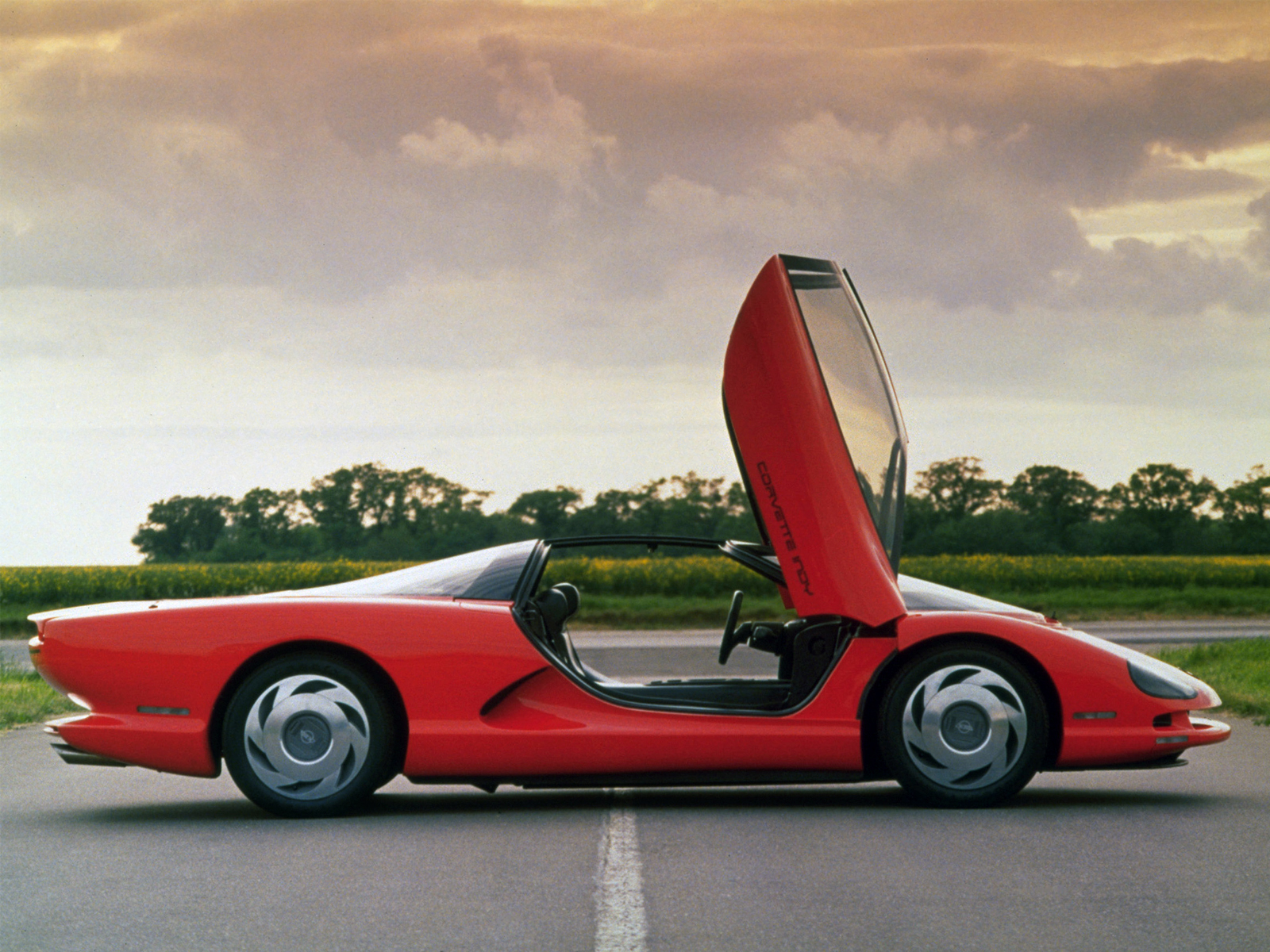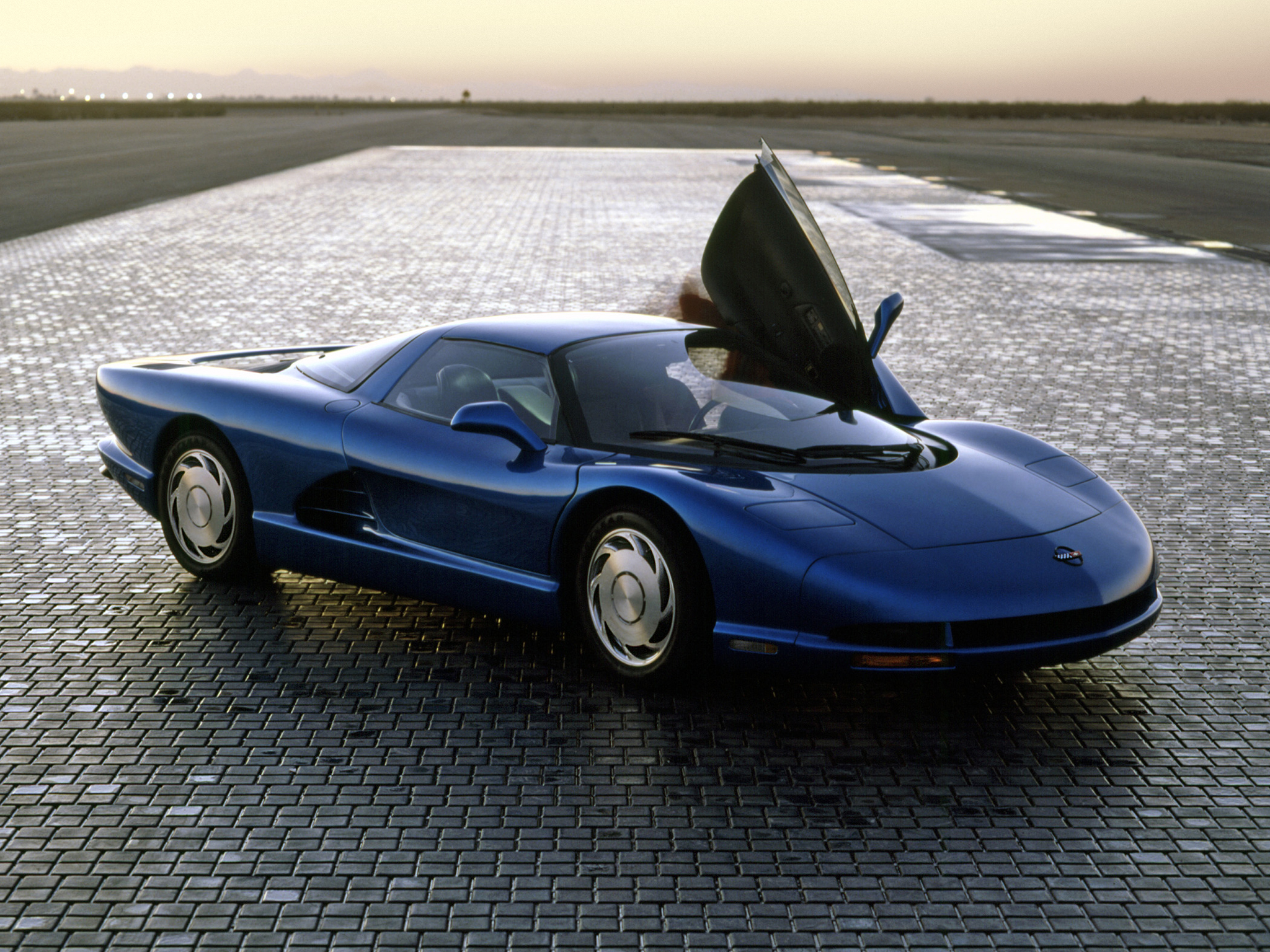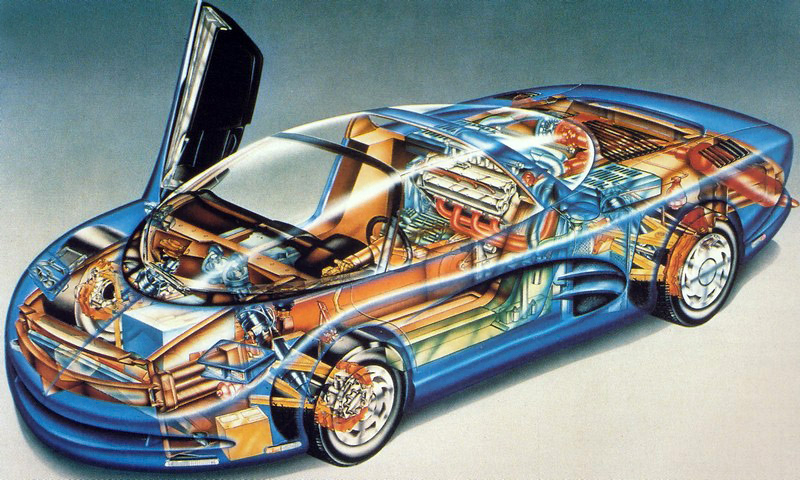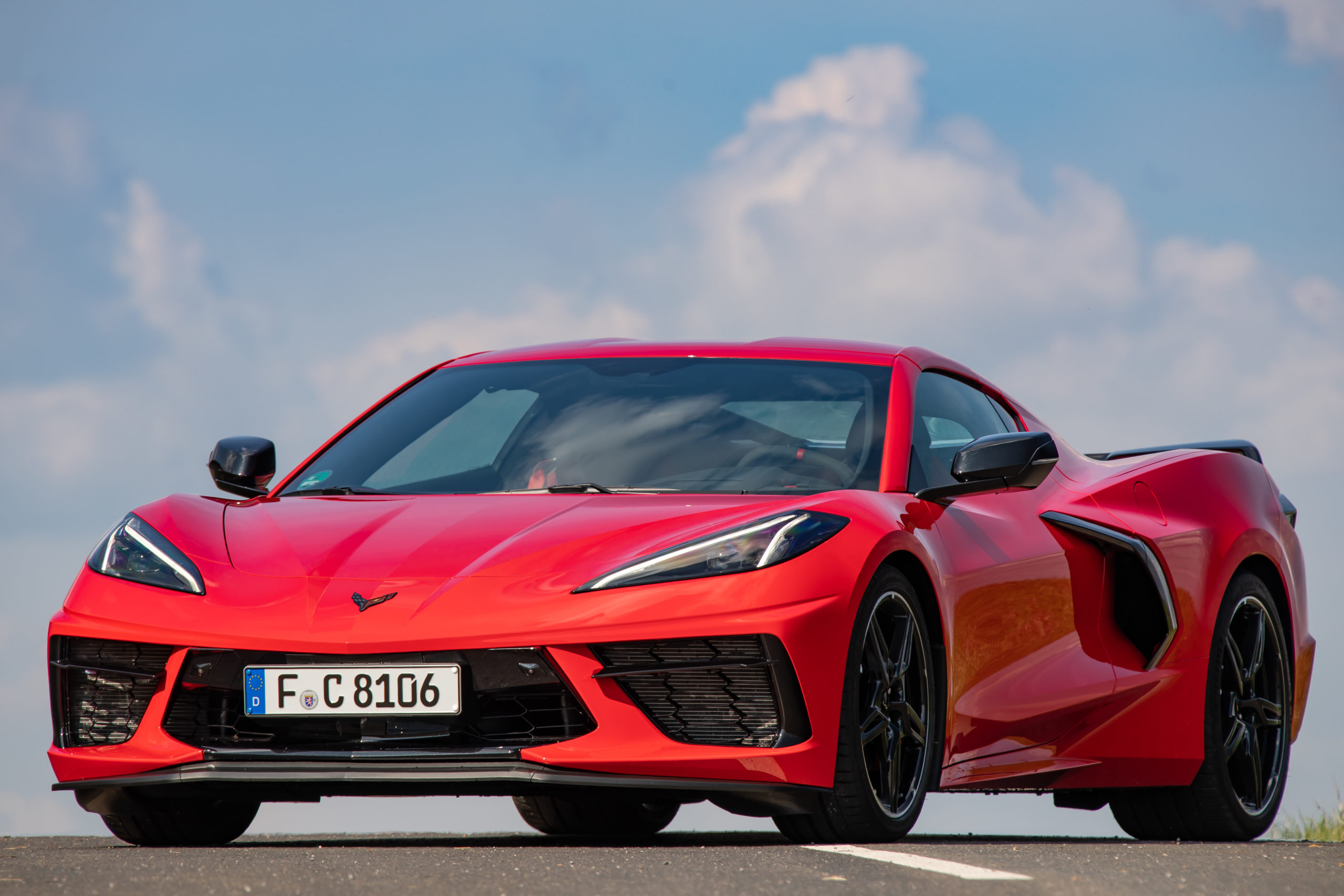Photo credit: Chevrolet, GM, Wheelsage
It was January 1958 when the mid-engine Cooper Formula 1 won its first Grand Prix in Argentina. Previously, Cisitalia had attempted the same feat with a car designed by Ferdinand Porsche as well as Bugatti, but unsuccessfully. They were racing pioneers who gave no thought to the fact that a solution of this nature could easily be adopted for road-going Gran Turismos.
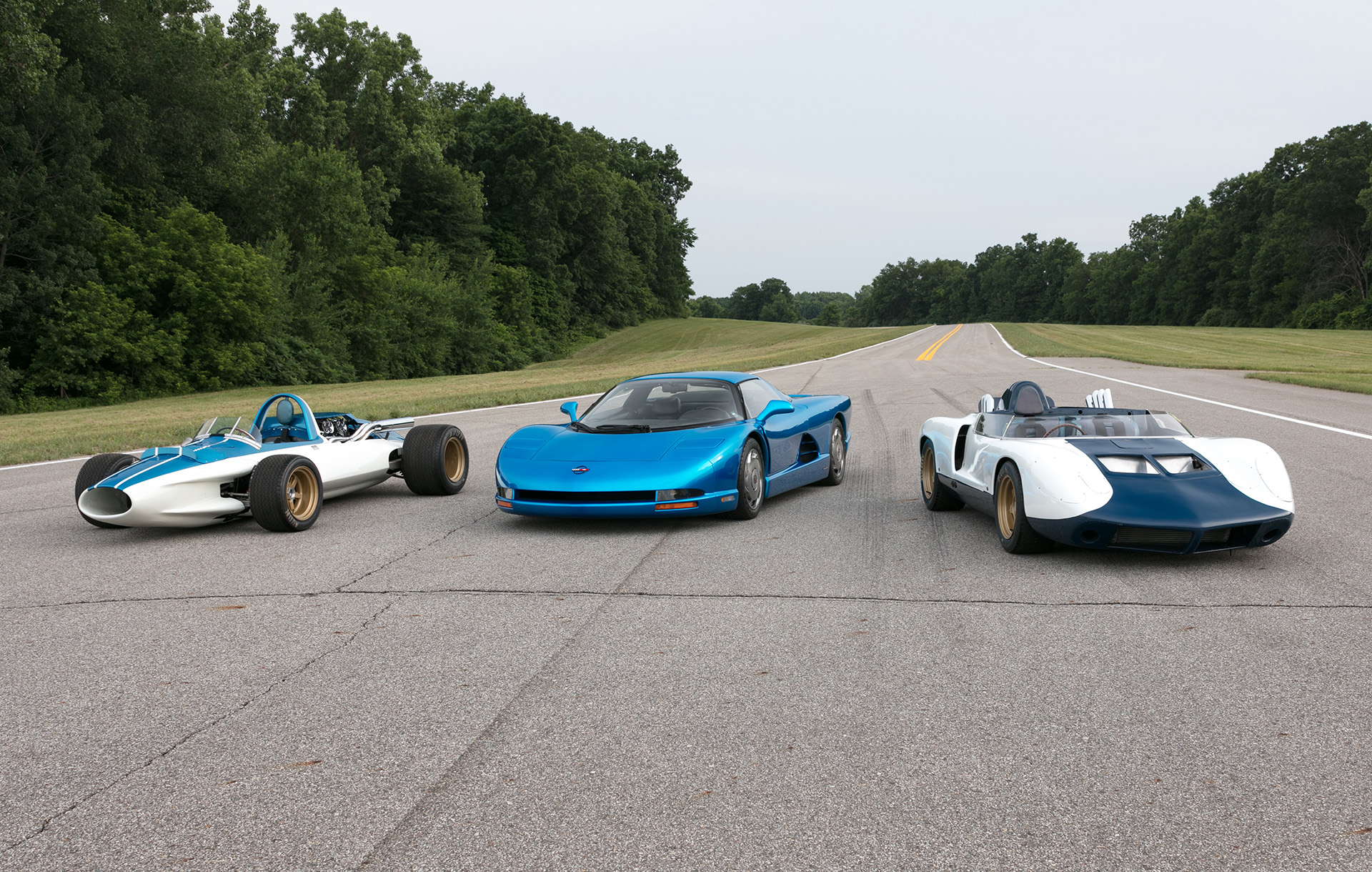
In Detroit, therefore, the idea of putting an engine in the rear of a production car, proposed by Zora Arkus-Duntov, the Belgian designer who had joined Harley Earl, the creator of the Corvette, simply wasn’t considered among the possibilities. But it wasn’t completely discarded, so much so that in the CERV programs – Chevrolet Experimental Racing Vehicle – a single-seater was created using that exact same solution. But it ended there.
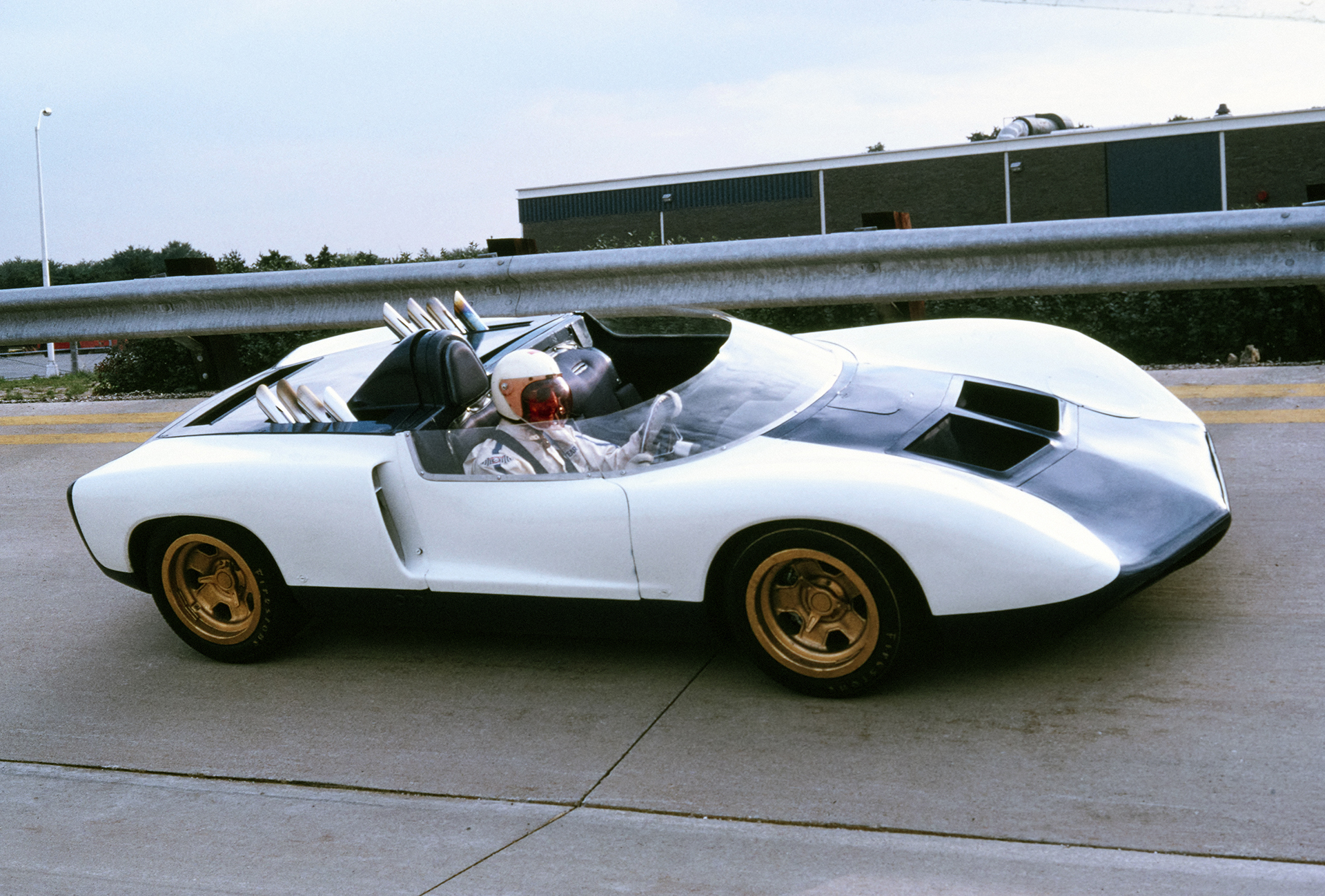
Apart from the unfortunate compact Corvair project, the world would have to wait until 1986 to see another mid-rear engine sports car come out of the CERV workshops. Its name was Corvette Indy even though its design was inspired by “Bio Design”, with large surfaces and the total absence of sharp corners and edges that distanced it from the traditional design traits of the brand. The bodywork was made of carbon and fiberglass and overall, the car was technically very advanced: all-wheel drive, four-wheel steering, active suspension, ABS, traction control and electronic throttle control, things quite futuristic in those days. The Indy was powered by a 2.6 litre V8 twin-turbo engine developed in collaboration with Lotus Engineering, which was mounted transversely.
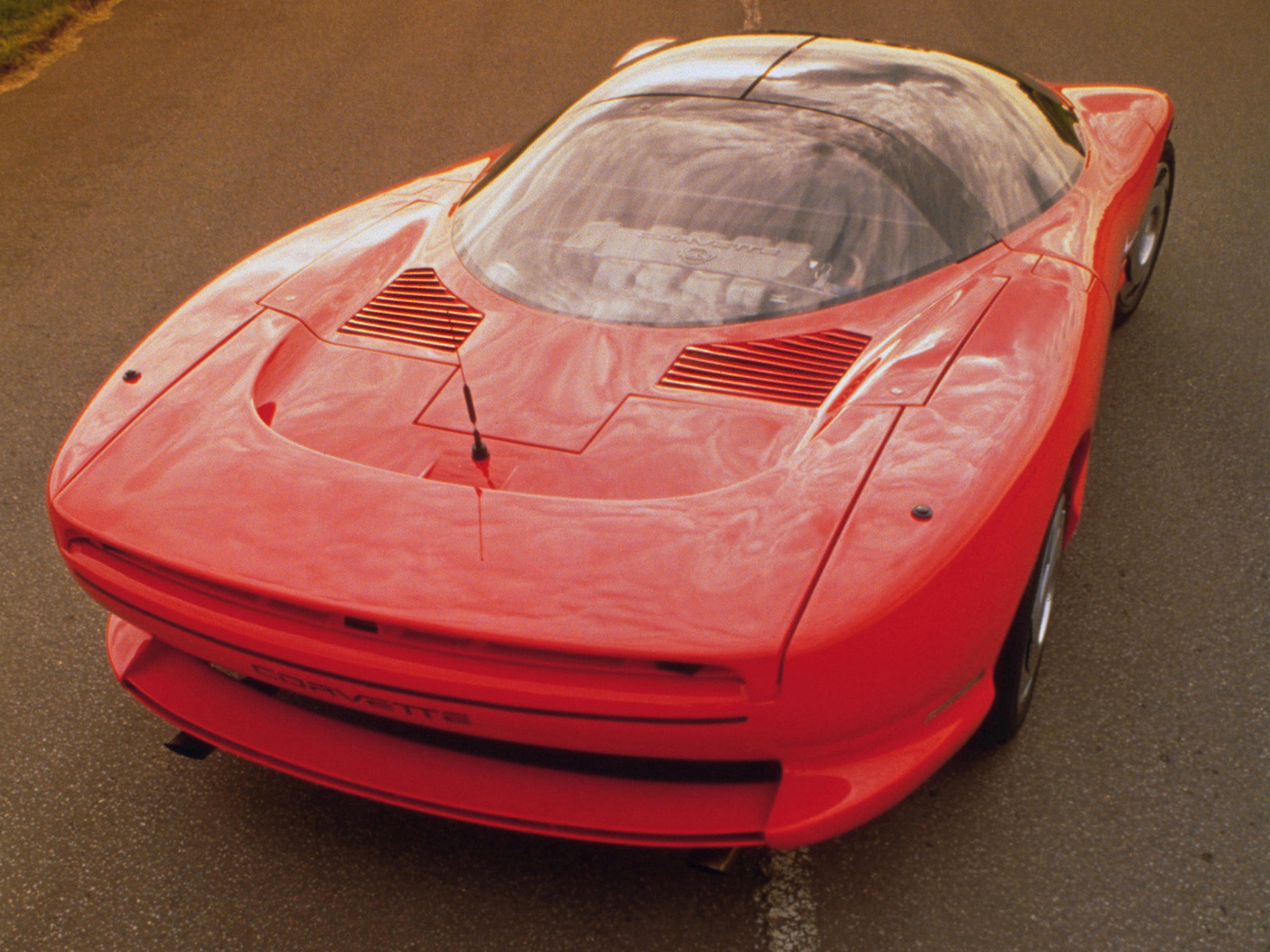
The idea was there, but it still needed a bit of work. And four years later, another leap forward came with the CERV III, the third car of the Experimental Chevrolet program, similar to the II but with a closed cockpit, and a different engine – a 5.7-litre twin-turbo – and truly spectacular performance for those years. Zora Arkus-Duntov’s idea seemed close to becoming a reality. But it wasn’t to be. Another thirty years were to pass before the icon of American sports cars finally adopted the central rear engine configuration the Belgian engineer wanted so much with the C8, the eighth generation of the Corvette!
